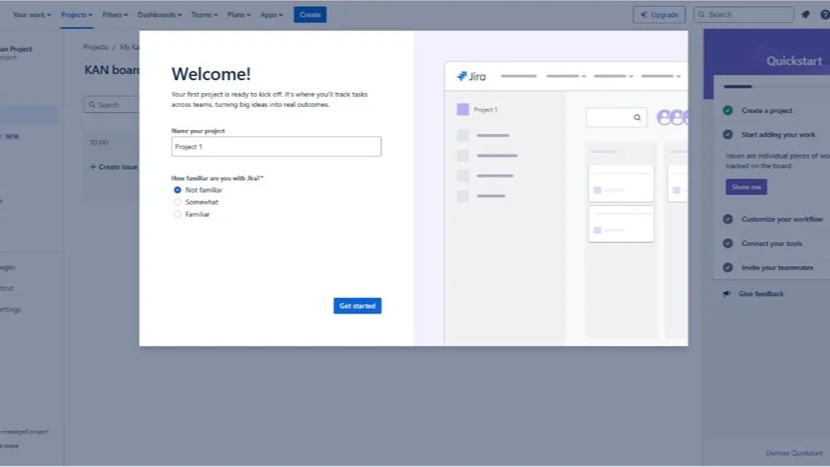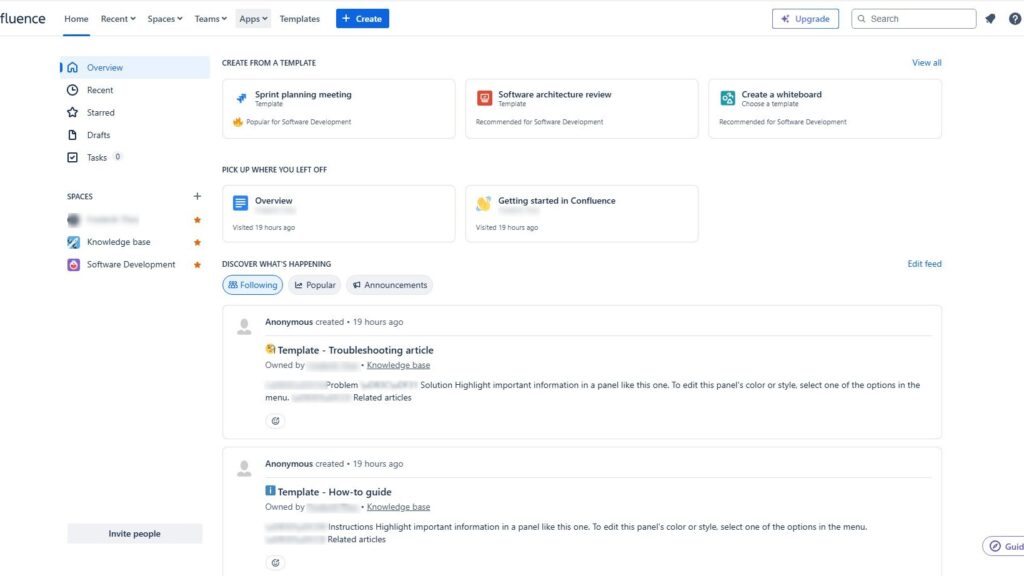As a requirements engineer and IT business analyst, I’ve always been intrigued by tools that simplify complex system management. One framework that truly stands out is SysML, the Systems Modeling Language. In this introduction to SysML, I’ll explain why it’s essential for bridging hardware and software development. I first used SysML on a project combining both domains, and it completely transformed how I handled system complexity, structure, and communication across all stakeholders.
What Exactly is SysML?
SysML is a graphical modeling language. It’s designed to support the specification, analysis, design, verification, and validation of complex systems. These systems can be anything from aircraft to medical devices, even software systems.
Why Use SysML?
For me, the biggest advantage of SysML is its versatility. It supports a wide range of engineering activities. I can use it to create a comprehensive model of a system. This model includes requirements, structure, behavior, and parametrics.
Key Features of SysML
- Requirements Diagram: Captures system requirements.
- Block Definition Diagram: Defines system structure.
- Internal Block Diagram: Shows internal system interactions.
- Activity Diagram: Represents workflows.
- Sequence Diagram: Details interactions over time.
- State Machine Diagram: Describes system states and transitions.
- Use Case Diagram: Identifies system functions and actors.
- Parametric Diagram: Models constraints and performance analysis.

My Experience with SysML
When I started using SysML, the clarity it brought was immediate. I could visualize the entire system. This visualization helped me identify potential issues early. It also improved communication with my team. We were all on the same page, literally.
SysML vs. UML
You might be familiar with UML (Unified Modeling Language). I was, too. But SysML extends UML. While UML is great for software and software engineering. SysML handles both software and hardware. This makes it ideal for multidisciplinary projects.
Practical Applications
In my projects, SysML has been invaluable. I’ve used it to design everything from automated warehouses to smart home systems. It helps ensure that every component, from software to sensors, works together seamlessly.
Learning SysML
If you’re interested in SysML, I recommend starting with online tutorials. There are plenty of resources available, that provide a braoder introduction into SysML. Books and courses can also provide a deeper understanding. Practice is key. The more you use SysML, the more intuitive it becomes.
Conclusion
SysML has transformed how I approach system engineering. Its ability to integrate complex components into a cohesive model is unmatched. Whether you’re working on a large-scale engineering project or a smaller, multidisciplinary system, SysML can make a significant difference. Give it a try, and see how it can streamline your process and enhance your projects.
What’s Next?!
Now that you’ve read this introduction to SysML, you’ve seen how powerful modeling languages can simplify complex systems. But SysML is just the beginning. Visual modeling brings clarity not only to system design but also to communication and collaboration. Curious why I rely so much on diagrams in my daily work? Continue with my next article, “The Benefits of Requirements Modeling: Why I Swear by Diagrams,” and discover how visual thinking turns complexity into clarity.
Credits: SysML Collage from Wikimedia Commons
This article covers concepts that are also included in the CPRE certification syllabus.
| Read more about Jira and How to |
|---|
| Use Shortcuts in Jira to Boost Your Productivity Create a Project in Jira Create a Jira Issue: A Step-by-Step Guide Access Confluence and Jira for free |
| Read more about Confluence and How to |
|---|
| Format Text in Confluence Make Lists in Confluence Change the Headings in Confluence Create a Blog Post in Confluence Align Text in Confluence |




